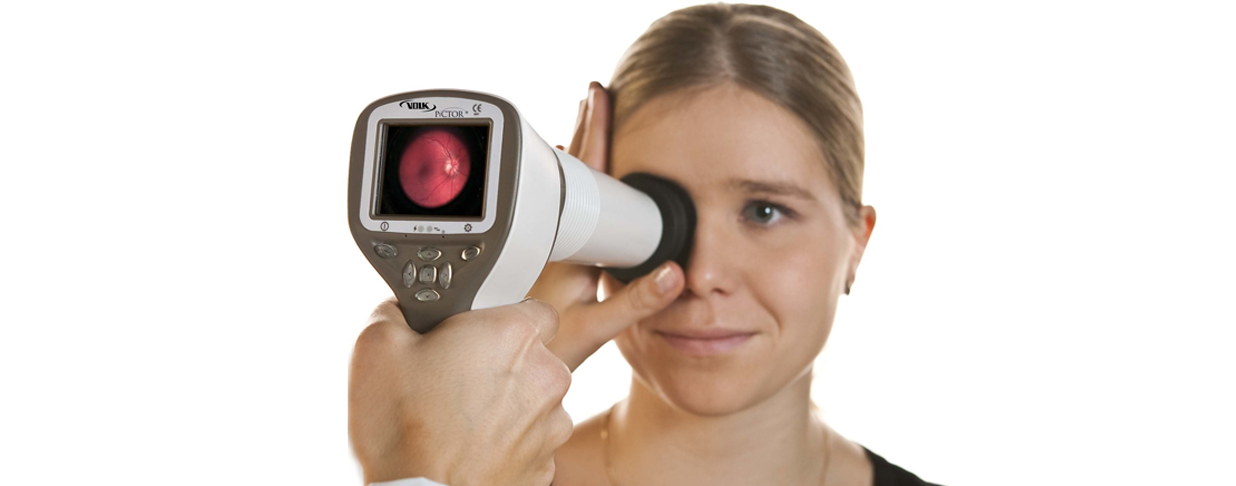In 2015, more than half a million EyeMed members were identified as high-risk for diabetes, hypertension or high cholesterol as a result of their comprehensive eye examination. For their employers, this could have meant significantly higher expenses – except we had a vision: Shouldn't a patient's other doctors have the option to know what the vision care provider sees?
And now, many of them do. EyeMed works with numerous health plan partners and in one case, we actually share relevant health information with the member's other providers to improve health care outcomes and overall healthcare. We helped pave the way for this two-way communication.
When vision plan members of this partner visit the eye doctor, their health profile is shared in real-time, showing conditions and medications that are relevant to vision. And information flows the other direction, too. Whenever an eye exam identifies signs of a medical condition, eye doctors can alert the patient’s other health care providers of possible health conditions.
In addition, many people with chronic disease are not regularly seeing their primary medical professional, but seek eye care due to changes in vision, broken frames, etc. These alerts triggered from eye care can help prompt the primary care physician when a health-related condition is identified.
Sharing member health profiles on a secure platform across health care providers helps them identify gaps in care earlier and can create alerts for follow-up outreach and more informed patient care. This coordinated care leads to healthier employees. And healthier employees mean gains in productivity, less absenteeism and reduced overall health care costs.
Such medical integration has been an aspiration for those of us in healthcare for decades. For the first time, the learnings of those early years have aligned with the technology, economics and the holistic health knowledge to realize the concept’s true potential.
4 numbers that sum up the need for medical integration
Plenty of data shows us why integration is so valuable:
40: That’s the percent of Americans expected to develop type-2 diabetes in their lifetimes. That translates to 2 of every 5 adults. And consider our growing health care expenses, where $1 of every $5 is spent treating people with diabetes, according to the American Diabetes Association.
70 million: One in 3 adults, or 70 million, suffers from hypertension or high blood pressure, according to the Centers for Disease Control and Prevention. An additional 1 in 3 have prehypertension. An estimated 1,000 deaths occur daily due to hypertension-related events, such as strokes or heart attacks.
52,500: The estimated cost of long-term disability due to heart attacks and other acute coronary syndromes was $52,473 in 2012, according to the American Heart Association. Workers with acute coronary syndrome (when blood supplied to the heart is blocked) lost an average of 60 days short-term and 367 days long-term.
18.7 billion: The amount spent on cholesterol medications in 2010, the most recent year for information, was just shy of $19 billion. The cost of coronary heart disease, which can be caused by high cholesterol, is projected to double to $218.7 billion by 2030.
All these numbers add up to why medical integration is essential to health care cost management. The process is quite elegant in its simplicity. And it generates a positive cycle.
The more doctors know about their patients’ health, the better care they can provide at a lower cost, and the more productive workers can be. For some EyeMed members and their employers, medical integration provides the vision for a healthier future.



